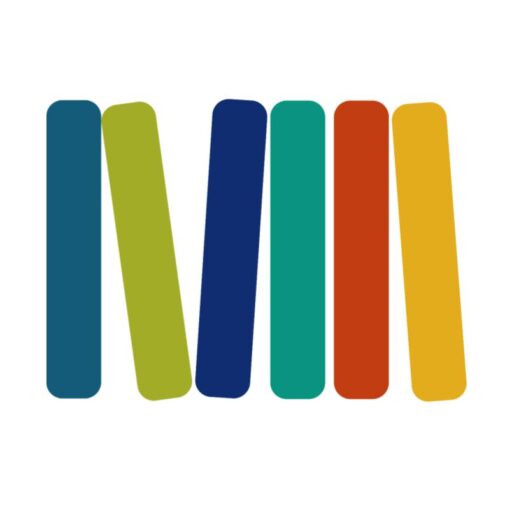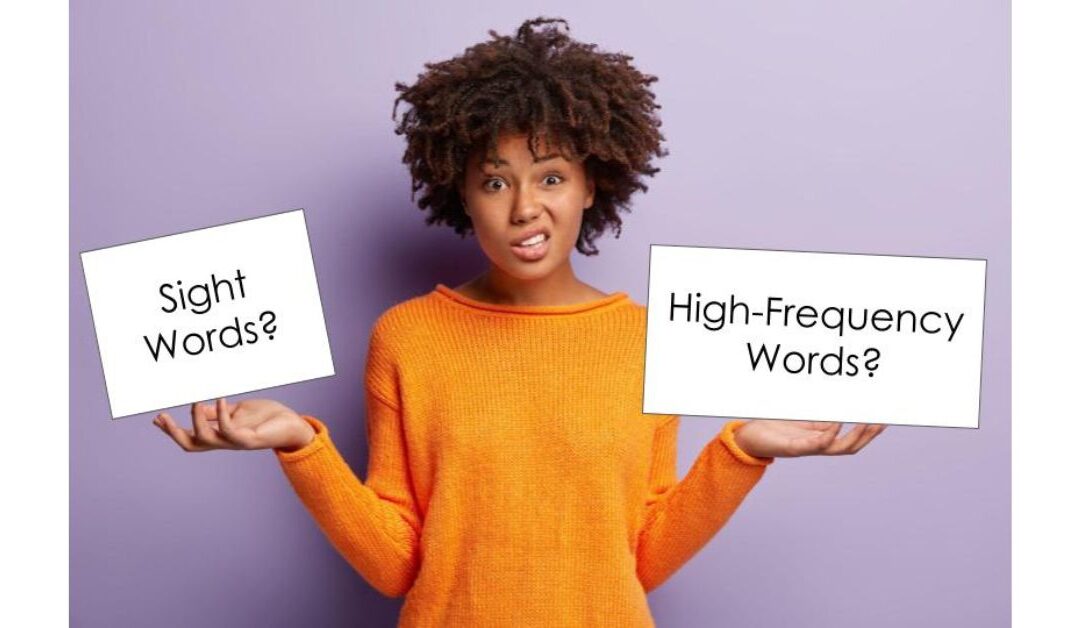If you’re like us, you’ve likely used these two terms – high-frequency words and sight words – interchangeably.
But to really understand the brain science of word recognition, it’s important to get clear on the difference between these two labels because – accurately speaking (and despite common usage) – the terms high-frequency words and sight words are actually NOT synonyms. So what is the difference?
Let’s start with high-frequency words . . .
High-frequency words are words that – through counting and calculation — researchers have found to show up most frequently in written language.
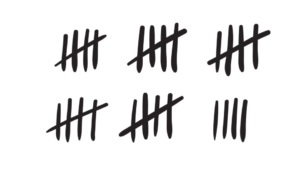
That’s why they are called HIGH-frequency words. The little word the, for instance, is definitely a HIGH-frequency word. In fact, the word the is the most frequently occurring of all words in written English. About every 1 out of 20 words in English is the word the.
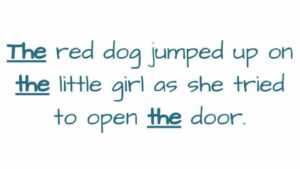
So, high-frequency words are words we definitely want to help children master . . . or turn into sight words.
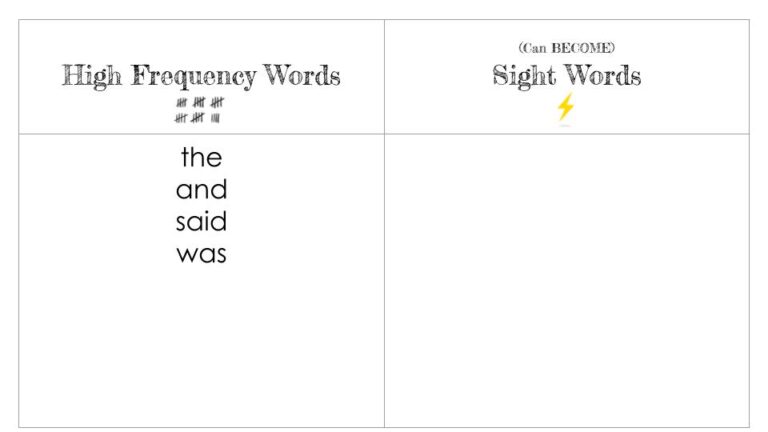
Sight words, on the other hand, are ANY words that we can instantly and automatically recognize without having to decode or otherwise figure them out.
So, for instance, the word the is a high-frequency word that only BECOMES a sight word once the brain has learned to instantly, and without effort, activate the sounds in the word and its meaning as soon as it sees it.
So, words like the, and, said, and can are all high-frequency words, simply because they occur in written text a lot. But for these words to BECOME sight words requires exposure, effort, and sometimes direct instruction.
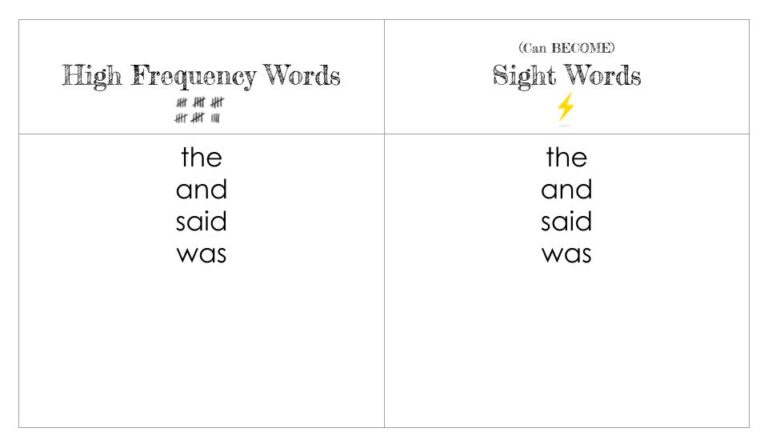
And it is also essential to understand that it’s not just high-frequency words that eventually become sight words. Actually, ANY word—even very low-frequency words, like Sasha, Minecraft, or unicorn—can also become sight words.
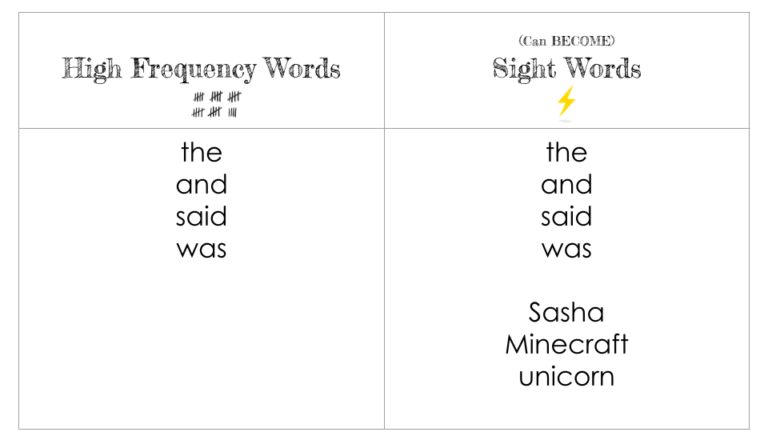
And for proficient readers like us, more than 95% of the words we encounter in print–whether high- or low- or medium-frequency–have BECOME sight words. That is, we recognize almost all of the words we encounter as meaningful letter strings (Kilpatrick, 2015), instantly and automatically.
And this is great news because it means that our energy and attention can focus on the meaning of what we’re reading rather than on “figuring out” the words. So helping children turn more and more words into sight words means helping them get better and better at comprehending what they read.
Truly good news!
Here’s to empowering readers by helping them turn more and more words of all kinds into sight words!
❤️ Jan and Kari
P.S.-Over the next several weeks, we will continue this series on teaching sight words by leveraging the power of orthographic mapping. But, if you just can’t wait, or you want to dig even deeper into the science of a brain-friendly approach to sight word instruction—both the why and the how—we have created a brand new mini-course and classroom materials to really help you plan for powerful high-frequency word instruction.
Kilpatrick, David A. Essentials of Assessing, Preventing, and Overcoming Reading
-
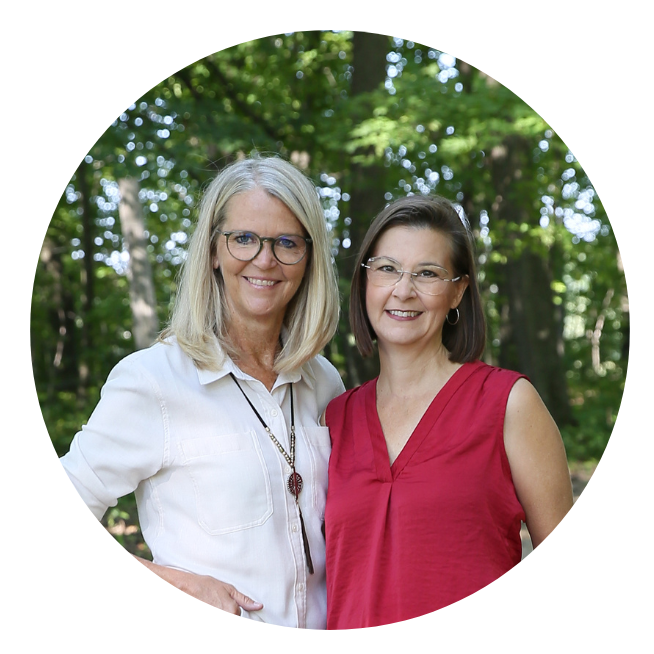
Jan Burkins and Kari Yates are authors, speakers, and consultants, who are dedicated to helping teachers around the world translate reading science into simple instructional moves that help teachers make learning to read easier for their students while still centering meaning-making, engagement, and joy.
Recent Posts
